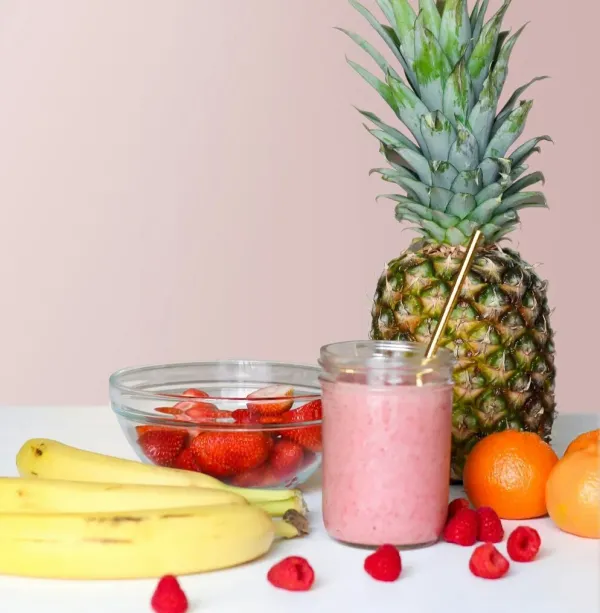How to Measure Calories in Food at Home
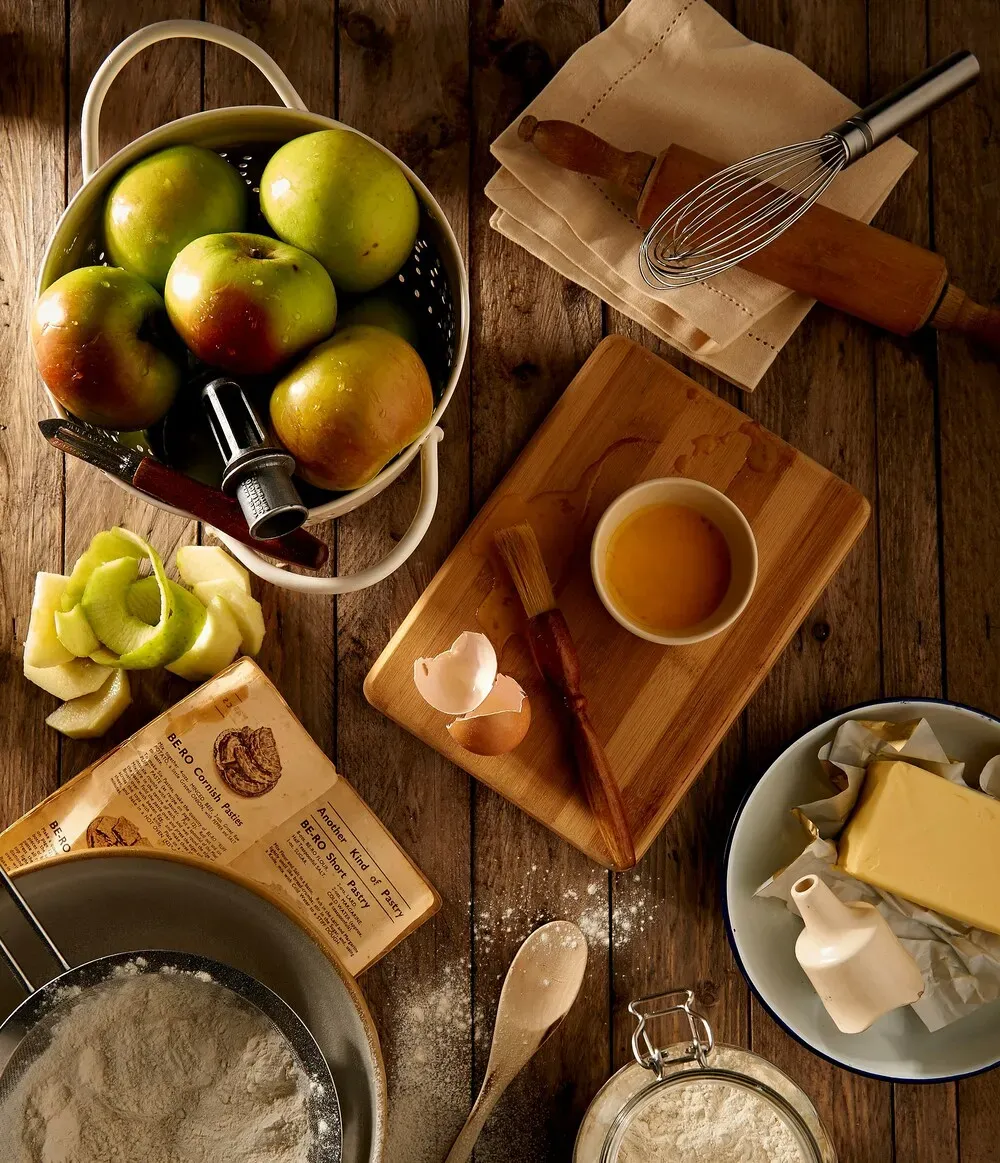
Understanding Calorie Counting
Counting calories is a fundamental aspect of achieving various health and fitness goals, whether you’re aiming to lose weight, gain muscle, or simply maintain your current weight. By understanding how to accurately measure calories in food and calculating calories for different types of meals, you can track your calorie intake more effectively and make informed dietary choices that align with your specific goals.
To accurately measure the calorie content in food, particularly in homemade meals, it’s crucial to know the calories per serving of each ingredient you use. Using tools like a food scale to weigh ingredients and online recipe calculators can help you determine the total calories in a dish. This allows you to break down the calories per serving, making it easier to stay within your desired calorie count.
Accurate calorie counting is essential for monitoring progress and staying on track with your fitness goals. By consistently measuring and tracking your calorie intake, you can make necessary adjustments to your diet, ensuring you’re moving towards your objectives in a sustainable way.
Why Count Calories?
Counting calories is a powerful tool for managing your weight and overall health, especially if you are looking to lose fat. By keeping track of how many calories you consume, you can create a calorie deficit—the key to losing weight and fat. A calorie deficit occurs when you consume fewer calories than your body needs to maintain its current weight, forcing your body to use stored fat for energy.
Knowing how many calories you consume daily allows you to make informed food choices and ensures that you stay on track with your diet. Whether you’re dining out or preparing home-cooked meals, understanding the calorie content of what you eat helps you adjust portion sizes and ingredient choices to align with your weight loss or maintenance goals.
Calorie counting is not as complicated as it might seem and can be done easily at home. With the help of tools like a food scale and online calorie calculators, you can accurately measure the calories in your favorite dishes. This makes it possible to enjoy your meals while staying within your desired calorie intake, ensuring you reach your health and fitness goals.

Essential Tools for Calorie Counting
A digital kitchen scale is an essential tool for anyone serious about accurate calorie counting. By weighing your food in grams, a digital scale ensures that you know exactly how much you are consuming, which is crucial for precise calorie measurement.
Using a reliable digital kitchen scale helps you track your calorie intake by providing accurate measurements of each food item you eat. This accuracy is vital when you’re counting calories, especially when preparing home-cooked meals or following specific dietary plans.
To further simplify the process, the FoodIntake app can save you significant time by logging all the necessary data using AI. The app extracts ingredients from official national curated databases like USDA/CNF based on your recipe description. In many cases, it’s as simple as inputting the recipe name—if it’s not a custom dish—or even taking a photo of the meal. The app allows you to adjust portion sizes and quantities to ensure precise calorie tracking, making it easier to stay on top of your dietary goals.
This combination of a digital kitchen scale and the FoodIntake app ensures that your calorie counting is both accurate and efficient, allowing you to maintain control over your diet with minimal effort.
Invest in a Digital Kitchen Scale
Investing in a digital kitchen scale and the FoodIntake calorie counter is a smart move for anyone serious about reaching their health and fitness goals. A digital kitchen scale makes it easy to measure your food in grams or ounces, ensuring that you’re getting accurate measurements for every meal.
Weighing your food items and measuring portions accurately allows you to avoid guessing serving sizes, which is crucial for accurate calorie counting. This precision helps you stay within your daily calorie intake and supports better weight management, whether your goal is to lose weight, gain muscle, or maintain your current weight.
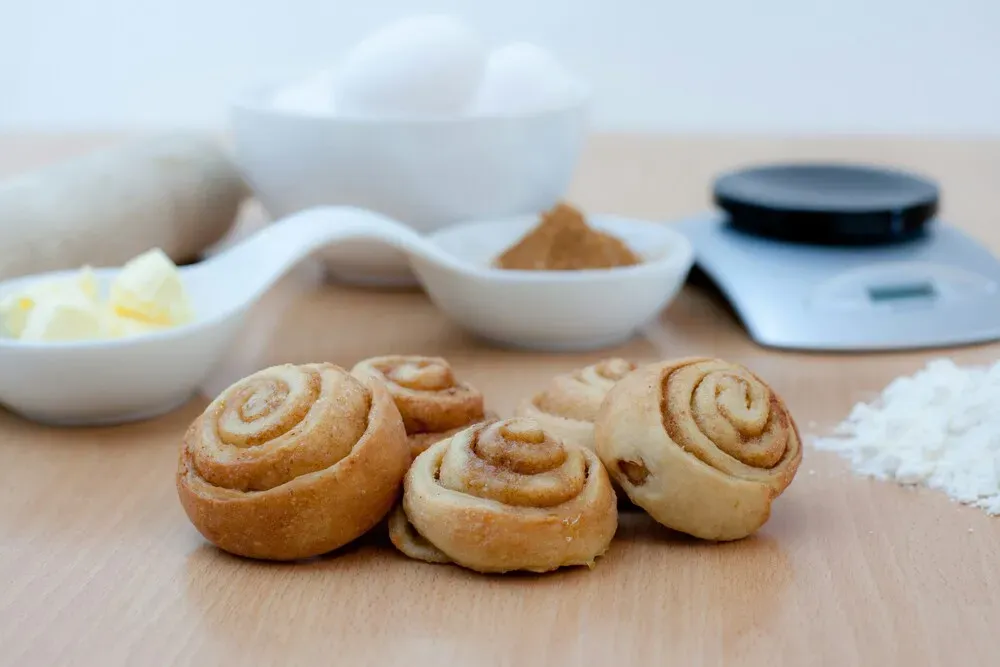
Measuring Ingredients and Portion Control
For precise calorie counting and macro tracking, it’s important to weigh your food in its raw or uncooked state. This is because cooking can alter the volume and weight of food due to moisture loss or absorption, leading to potential inaccuracies if weighed after cooking.
By weighing food raw, you ensure that you are measuring the ingredients in their most consistent form, allowing for more accurate calorie and macronutrient calculations. Understanding the number of calories in your food is crucial for maintaining or losing weight, as it helps you track your caloric consumption accurately. For example, a piece of chicken breast or a serving of rice will weigh differently after cooking due to changes in water content, which can throw off your measurements if you’re not careful.
To maintain accuracy in your diet, always measure ingredients carefully and weigh them before cooking. This practice ensures that your calorie tracking reflects the true nutritional content of the food you consume, helping you stay on track with your health and fitness goals.

Measure Ingredients Accurately
Using a food scale is the most effective way to weigh solid foods like chicken breast and oatmeal for accurate calorie and macro tracking. Unlike cups, tablespoons, or ounces, which can lead to inconsistent measurements, a food scale provides precise weight in grams or ounces, ensuring that you know exactly how much you’re consuming.
Avoid relying on volume measurements like cups and tablespoons for solid foods, as these can vary depending on how the food is packed or its density. For instance, a cup of chopped chicken can differ significantly in weight compared to a cup of whole chicken breast. This variation can lead to inaccuracies in your calorie count.
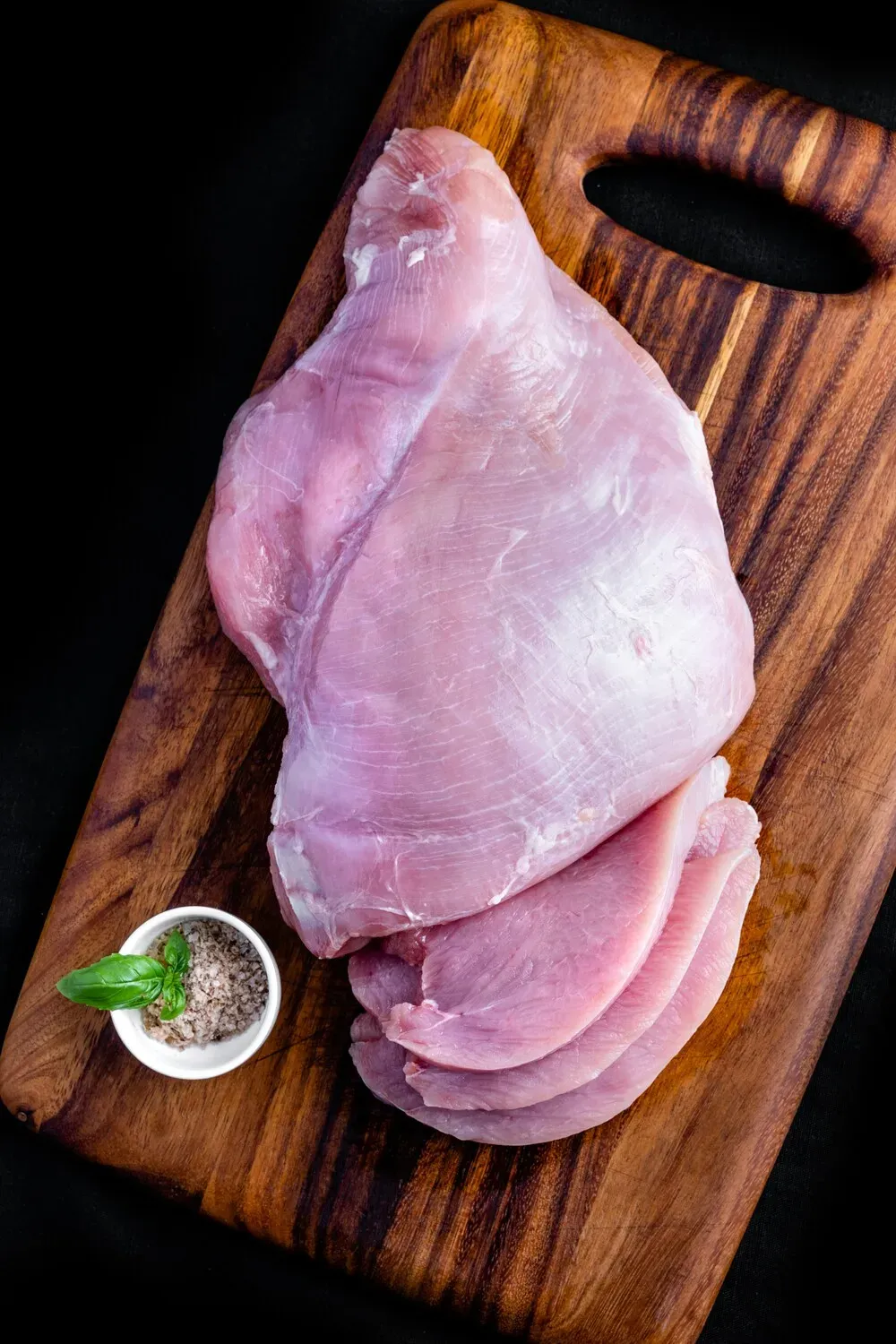
By accurately weighing ingredients with a food scale and reading nutrition labels, you can better track your calorie intake, helping you stay on target with your nutritional goals. Whether you’re trying to lose weight, gain muscle, or maintain your current weight, precise measurement is key to achieving your objectives.
Overcoming Challenges
When it comes to tracking calories, consistency is far more important than achieving perfection. It’s essential to develop a habit of logging your food intake regularly and as accurately as possible, but don’t stress over every tiny detail. Instead, focus on being consistent with your measurements and entries.
A good way to build consistency is by familiarizing yourself with what standard portions look like. For example, learn to recognize what 100 grams of cooked chicken breast or 100 grams of jasmine rice looks like. Preparing homemade food allows you to control the ingredients and portion sizes, making it easier to estimate and track your calorie intake accurately.
When you need to estimate, or “guesstimate,” aim towards the higher end of the range to maintain accuracy. This approach helps prevent underestimating your intake, which is a common issue in calorie tracking. By consistently estimating on the higher side, you can better manage your calorie intake and stay aligned with your dietary goals.
Focus on Consistency, Not Perfection
When tracking calories, it’s important to remember not to obsess over every tiny detail in your meal. While accuracy is important, stressing over minor items like a few drops of ketchup on your burger won’t make a significant difference to your overall calorie intake.
It’s okay to allow yourself some flexibility. The goal of calorie tracking is to create awareness and consistency, not to achieve perfection. If you slip up or miss a small detail, it won’t derail your progress.
Additionally, you don’t need to track your calories every single day. Taking breaks from calorie tracking can help prevent burnout and keep your relationship with food positive. The key is to find a balance that works for you, where you’re mindful of your intake without letting it control your life.
Remember, consistency over time is what leads to success, not perfection in every meal.
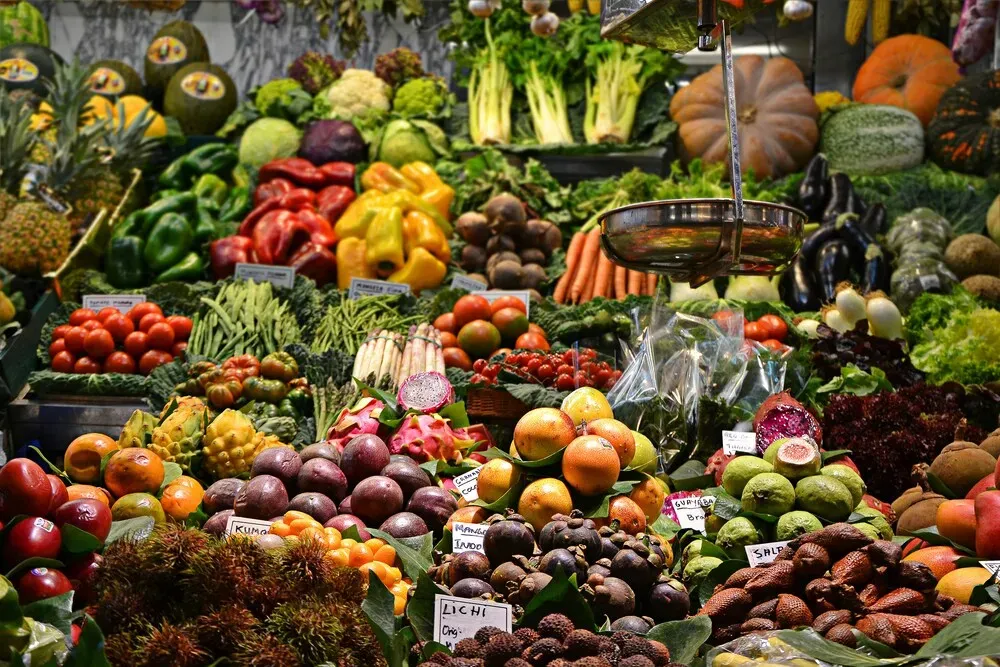
Staying on Track
To achieve your health and fitness goals, it’s important to choose a healthy diet that meets your nutritional requirements. This means selecting foods that provide the necessary vitamins, minerals, protein, carbohydrates, and fats your body needs to function optimally.
Using a food journal or a calorie-tracking app like the FoodIntake app can be incredibly helpful in tracking your daily calorie intake. These tools allow you to log your meals, monitor your nutritional intake, and stay on track with your dietary goals. They provide a convenient way to ensure that you’re not only meeting your calorie goals but also getting the right balance of nutrients.
To promote weight loss, maintaining a calorie deficit is essential. This means consuming fewer calories than your body needs to maintain its current weight, which forces your body to use stored fat for energy. By combining a healthy diet with consistent calorie tracking, you can create a sustainable plan for losing weight and improving your overall health.
FoodIntake food calories counter to lose weight
A digital kitchen scale is a must have for anyone who wants to track their calories with accuracy and ease. With the FoodIntake app which extracts ingredient information from national databases, you can log and track with ease and get better results and maintain your dietary goals.
Don’t Overthink: Find a Balance
Counting calories isn’t as hard as you think and can be done at home with your favorite home cooked meals. With a food scale, recipe calculator or a calorie tracking app like the FoodIntake app you can measure your dishes calories without relying on pre-packaged foods.
But don’t just focus on the quantity of calories, focus on the quality of calories you eat. Prioritize nutrient dense foods that provide vitamins, minerals and other nutrients not just calories. This way your diet is balanced and nourishing.
To improve your diet further reduce processed foods and eat fresh, natural produce. Processed foods have added sugars, unhealthy fats and empty calories that don’t contribute to your overall health. By choosing fresh fruits, vegetables, lean proteins and whole grains you can meet your nutritional needs and manage your calorie intake.
Final Tips for counting calories
Consult a Registered Dietitian
For personalized advice and support in reaching your nutritional goals, it’s a good idea to consult a registered dietitian or a FITTR coach. These professionals can provide tailored guidance that takes into account your individual health needs, lifestyle, and dietary preferences.
A registered dietitian can help you create custom meal plans, ensure that you’re meeting your nutrient needs, and offer strategies for sustainable weight loss or other health objectives. Similarly, a FITTR coach can offer expert advice, motivation, and accountability, helping you stay on track with your goals.
By working with a professional, you can receive personalized insights that go beyond generic advice, ensuring that your diet supports your health in the best possible way.
Use a Food Scale for Precision
For the most accurate calorie counting, it’s important to use a food scale to weigh your food in grams. Measuring in grams ensures that you’re getting precise information about portion sizes, which is crucial for managing your calorie and macronutrient intake.
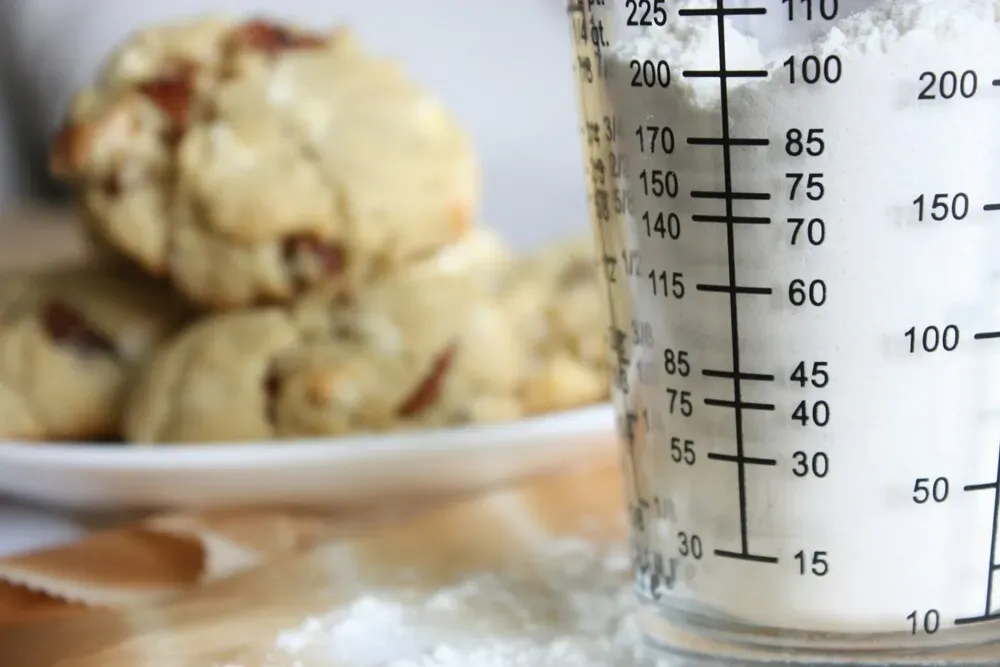
Don’t Obsess; Use the FoodIntake App for Convenience
While accuracy is key, there’s no need to obsess over every detail. The FoodIntake app offers a quick and efficient way to track your calories. It also provides insights into your total macro and micronutrient intake, making it easier to stay informed about your diet without the hassle of manual calculations.
By following these steps, you can ensure that your calorie tracking is both accurate and manageable, setting you up for success in your health journey.








